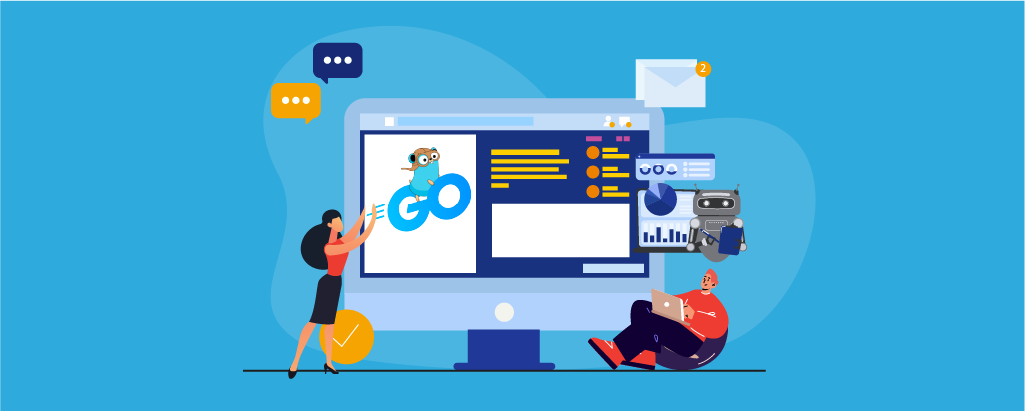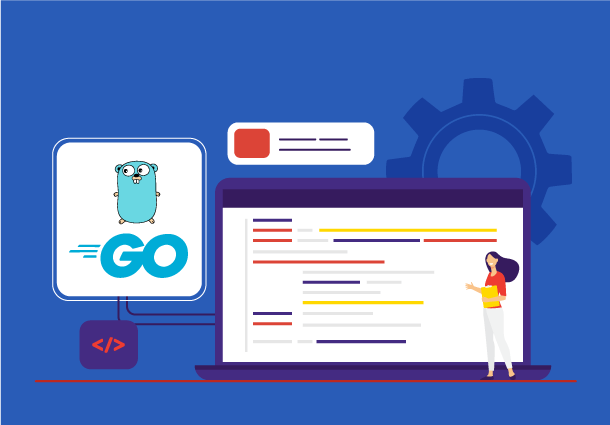GoLearn: Catalyzing Intelligence with Golang’s Mastery in Machine Learning
Energizing new opportunities are uncovered when new technologies and languages are developed in the field of machine learning. Among these, the mix of Golang (Go) with machine learning has drawn in a ton of interest. GoLearn stands apart as an area of strength and in the competition to improve and reinforce machine learning abilities since it gives a connection between the viability of Go and the intricacy of machine learning algorithms.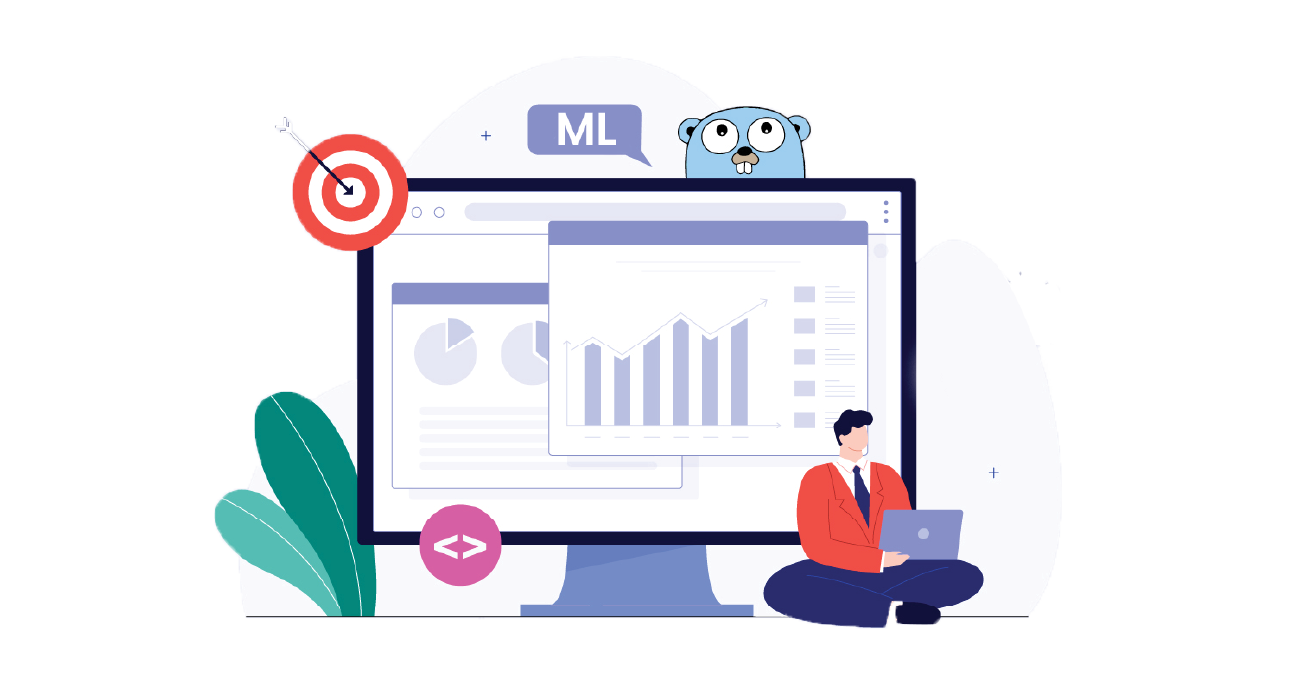 The simplicity and speed of Golang and the complexities of machine learning are agreeably joined in GoLearn. It shows how flexible Go is by exhibiting the way in which its capacities might be extended past its typical uses. We investigate the mind-boggling connection of Golang machine learning, and it rapidly turns out to be certain that GoLearn is situated to change the development of canny applications.
The simplicity and speed of Golang and the complexities of machine learning are agreeably joined in GoLearn. It shows how flexible Go is by exhibiting the way in which its capacities might be extended past its typical uses. We investigate the mind-boggling connection of Golang machine learning, and it rapidly turns out to be certain that GoLearn is situated to change the development of canny applications.
We will discover the primary benefits that GoLearn offers as we continue this exploration. By utilizing actual models, we will show the way that GoLearn can make it easier to fabricate dependable and successful ML model servers and usher in a new era of availability and application.
Voyage through Machine Learning: The Elite 8 Libraries for Proficiency with the Go Language
Today, Go, also known as Golang, is widely used for creating microservices. Go-written products can withstand large loads, allowing developers to build apps with highly loaded services. Although many software developers choose to use Golang for Machine Learning models, adoption patterns have shifted over time.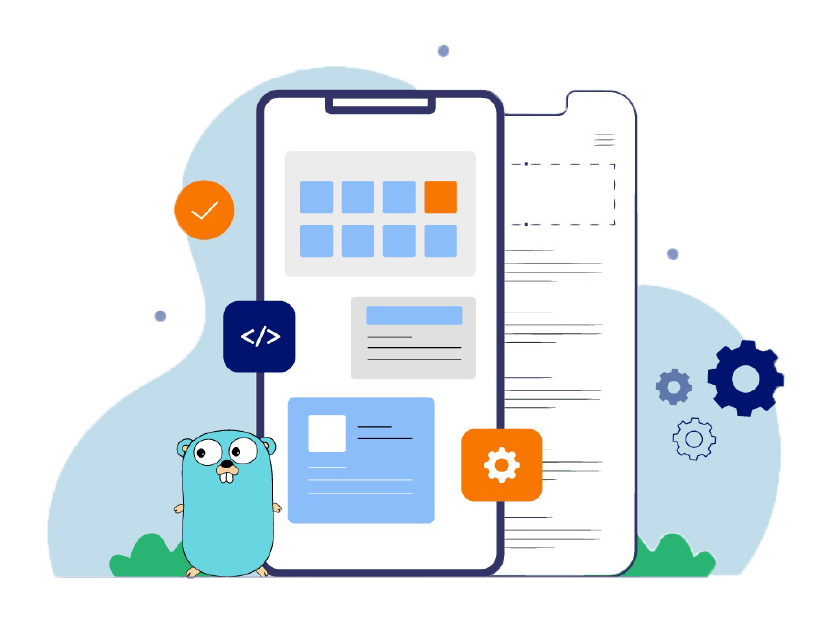 There are reliable and well-supported open-source machine-learning libraries for Golang. Because of its quick growth and several repositories that receive good maintenance, it has gained the backing of the open-source community. A new language used for machine learning is called Golang. Go is an alluring choice for different AI applications, especially those that call for viable execution on multicore processors or appropriated frameworks, because of its exhibition benefits and simultaneous programming highlights. Take a look at the most widely used Golang ML libraries. The top 8 Golang machine learning libraries are presented to you.
There are reliable and well-supported open-source machine-learning libraries for Golang. Because of its quick growth and several repositories that receive good maintenance, it has gained the backing of the open-source community. A new language used for machine learning is called Golang. Go is an alluring choice for different AI applications, especially those that call for viable execution on multicore processors or appropriated frameworks, because of its exhibition benefits and simultaneous programming highlights. Take a look at the most widely used Golang ML libraries. The top 8 Golang machine learning libraries are presented to you.
Golearn: Golearn is a thorough machine-learning package made for the Golang programming language. To perform tasks like classification, regression, clustering, and data preparation, it offers various tools and techniques. Go Learn is appropriate for both inexperienced and seasoned developers on the grounds that to its user-friendly design. The library contains various machine-learning algorithms as well as tools for importing and modifying data. It is an extraordinary choice for testing out different machine-learning algorithms and methodologies because of its simplicity and flexibility.
Gorgonia: Gorgonia is a deep learning package that expects to make it simpler for developers to make and prepare neural networks with Go. Like other profound learning frameworks like TensorFlow and PyTorch, it offers a representative articulation diagram. Gorgonia enables you to indicate complex numerical activities, and it subsequently computes gradients consequently for training purposes. This library is great for people who need to learn everything there is to be aware of cutting-edge deep-learning ideas in the Golang programming language.
GoML: GoML, short for “Go Machine Learning,” is a Golang machine learning library that incorporates various algorithms and techniques, such as decision trees, random forests, and linear regression, among others. It gives an accessible API for creating and testing machine learning models. GoML has areas of strength in simplicity and use, making it a fabulous choice for new clients and those wishing to apply machine learning solutions as soon as possible.
Eaopt: Evolutionary Algorithm Optimisation is the name of the “Eaopt” bundle in Go. It offers assets for applying transformative calculations to tackle streamlining issues. To recognize the most intelligent responses to testing issues, developmental calculations mimic normal choice cycles. You might utilize Eaopt to complete tasks like molecule swarm enhancement, transformative techniques, and hereditary calculation advancement. For inquisitive researchers and experts, this library is perfect.
Evo Goga: Evo Goga is a Go hereditary algorithm library that spotlights optimization issues. It gives a few different hereditary algorithm forms, including generational and steady-state algorithms. You might upgrade variables, functions, and, surprisingly, custom issue domains with Evo Goga. It’s a helpful tool for handling troublesome optimization problems when more conventional methodologies probably won’t be successful.
GoGL: A reason for the execution of machine learning with Golang algorithms, GoGL is a linear algebra library for the Go programming language. In spite of the fact that GoGL isn’t just an AI library, its linear algebra features are essential for making and refining models. It gives capabilities to doing framework activities, performing vector calculations, and performing other numerical tasks fundamental for machine learning applications.
GoMind: GoMind is a neural network library that spotlights ease of use and effortlessness. You might plan and prepare feedforward neural networks for a range of tasks, including classification and regression, with this tool. The people who are new to neural networks and wish to research its purposes in the Go language can think about GoMind, a lightweight library.
Confronting the Frontiers: The Key Obstacles in Leveraging Go for Machine Learning
While Go is a strong and adaptable programming language, there are various hardships while applying it to machine learning. It’s essential to perceive the difficulties Go brings when utilized for machine learning, in spite of the way that it enjoys a few benefits like performance, simplicity, and concurrency. Consider your individual necessities, the libraries that are accessible, and any potential trade-offs in terms of ecosystem support and development speed prior to choosing to utilize Go for AI applications.These challenges may not be unfavorable, yet they should be considered while picking Go for your machine learning projects:
Inadequate skills in statistics and math
Go lacks the sophistication of market leaders like Python. As matrix manipulation, statistics, and calculus make up a substantial portion of the development of machine learning and artificial intelligence, it has less specialized libraries and packages. For other developers, this may not be a significant drawback because they like the opportunity to actively build the code for their machine learning method or mathematical reasoning. It still implies that Go is less user-friendly than Python for the same types of data processing, analysis, and prediction algorithms. Because they arrived first, Python, R, and Julia have a solid foundation in the ML community. Go will therefore have a difficult time establishing itself as a credible alternative, especially given how these well-established programming languages are constantly evolving.
Lacking top-tier libraries
Compared to other languages that have been around for a long time and have well-established ecosystems and libraries for ML, Go has a significantly smaller range of tools and libraries. There are thus fewer top-notch libraries and tools for ML work in Go.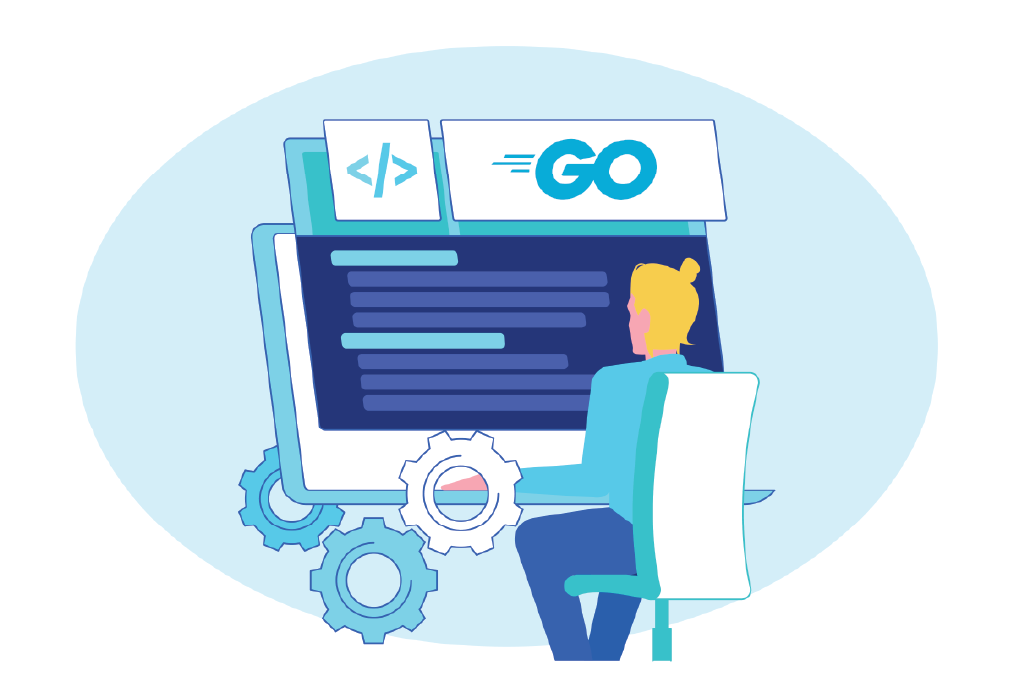 As a result, developers who wish to utilize Go for ML must invest more time in creating unique solutions or integrating with already-existing frameworks and libraries that were not created for Go. With GoLearn offering scikit-learn-style fit and predict capabilities, as well as test-splitting and cross-validation utility functions, GoMind offering neural network capabilities, and Gorgonia, a graph computation machine learning in golang library similar to TensorFlow with scaling capabilities, Go libraries have undergone significant improvements over time. Overall, even these libraries fall short of the depth of decades-old Python-centric libraries, and there are still considerable gaps in Go’s capabilities, notably as in natural language processing (NLP) applications, particularly when compared to spaCy and NLTK.
As a result, developers who wish to utilize Go for ML must invest more time in creating unique solutions or integrating with already-existing frameworks and libraries that were not created for Go. With GoLearn offering scikit-learn-style fit and predict capabilities, as well as test-splitting and cross-validation utility functions, GoMind offering neural network capabilities, and Gorgonia, a graph computation machine learning in golang library similar to TensorFlow with scaling capabilities, Go libraries have undergone significant improvements over time. Overall, even these libraries fall short of the depth of decades-old Python-centric libraries, and there are still considerable gaps in Go’s capabilities, notably as in natural language processing (NLP) applications, particularly when compared to spaCy and NLTK.
Speed of Development
Go is perceived as accentuating effortlessness and adequacy. Although Go is an extraordinary decision for making solid and effective software, these qualities might dial back machine learning project development. When contrasted with languages like Python, which is prestigious for its clear and expressive syntax, Go’s syntax structure will in general be more verbose. Given Go’s accentuation on unequivocally and static type, it could take more work and code to accomplish similar outcomes. This intensive strategy could slow down the early development stage, particularly while rapidly testing different techniques or methods, despite the fact that it assists with making the code clear and viable.
Deep Learning Scalability
Go’s help for parallelism and compelling management of concurrent processes are benefits that can work on the adaptability of projects. Notwithstanding, execution issues change with regards to profound learning responsibilities, which much of the time involve training large neural networks on tremendous datasets. In these cases, utilizing Graphics Processing Units (GPUs) to speed up calculations turns out to be more significant. Go may not be as upgraded or feature-rich as the deep learning frameworks accessible in Python while having some GPU backing and libraries like Gorgonia that empower neural network building. Subsequently, preparing a deep neural network in Go may take more time than it would in other deep learning frameworks like TensorFlow and PyTorch.
Harmonizing Golang and Machine Learning: Forging a Symbiotic Union of Innovation
Golang and machine learning might be joined to make high-performance, scalable, and intelligent systems that take advantage of the two technology benefits. A wide range of opportunities for building viable and strong applications are made conceivable by joining Go language for machine learning. Here’s the way these two technologies can cooperate:
Utilize Go for Pre-and Post-Handling of Information: Data preparation activities are obviously appropriate for Go because of their speed and parallelism. Data might be cleaned, changed, and arranged to utilize Go prior to being fed into machine learning models. Similar to how machine learning models produce results, Go can rapidly examine and report discoveries.
Pipelines for AI that consolidate Go: Include Go components for your pipelines for machine learning. Go might be utilized, for example, to make microservices that oversee feature engineering, data transformation, or extraction prior to transferring the handled data to machine learning calculations.
Use the Golang libraries for machine learning operations: Make and train machine learning models utilizing Go bundles like Gorgonia. Gorgonia offers GPU support and emblematic separation, which works on the effectiveness of machine learning computations.
Deploy machine learning models with GO: Machine learning might be sent utilizing Go by wrapping learned machine learning models in the language to create APIs or microservices. Thus, machine learning abilities might be effortlessly deployed, scaled, and integrated into greater systems.
Make Unique Tools for Data Labeling or Annotation: For information comment, naming, or information quality affirmation, make specific Go devices. A critical part of viable machine learning projects is organizing top-notch datasets, which these tools might assist with.
Real-time ML applications implementation: Combine machine learning using Golang real-time abilities for applications like fraud detection, anomaly detection, recommendation systems, and natural language processing. abilities Go can deal with simultaneous tasks effectively, making it appropriate for real-time situations.
Discover Reinforcement Learning with Go: The power of Go makes it ideal for making settings where specialists communicate to learn. Go might be utilized to foster support for learning algorithms and construct complex simulations or gaming environments.
Envision Future Uses Cases
Although Go hasn’t been vigorously featured in machine learning (ML) demos, it can help and work on various ML ecosystem components in the future. Go’s abilities might be used to make ML model servers instead of being confined to ML model developments, empowering easy access and utilization of models by different programs or frameworks. Developers may effortlessly coordinate ML capacities into an assortment of software solutions by making ML APIs in Go that uncover the ability of these models to external applications.
In the future, the Go community might focus its endeavors on creating toolkits and frameworks explicitly for server-side machine learning operations. These endeavors could accelerate significant processes like data pretreatment, model deployment, and result interpretation, ultimately making a setting that energizes fast trial and error and development in the ML space. The Go ecosystem could spur upgrades in the adoption of Go for an assortment of ML applications by furnishing developers with the tools to iterate effectively.
Golang Renaissance in Machine Intelligence: Explore Pattem Digital’s Enriching GoLearn
Go is acquiring prominence in the machine learning field in spite of not being as well known as languages like Python. Pattem Digital is at the front line of offering incredible services with unrivaled experience. Each project is masterfully executed by our carefully prepared trained professionals, who offer an abundance of mastery and experience of real value. The hinge on our Golang development company for greatness and top-to-bottom information on the business to push the conveyance of arrangements that are unequaled in the business. Our experience is put to use for your prosperity.
